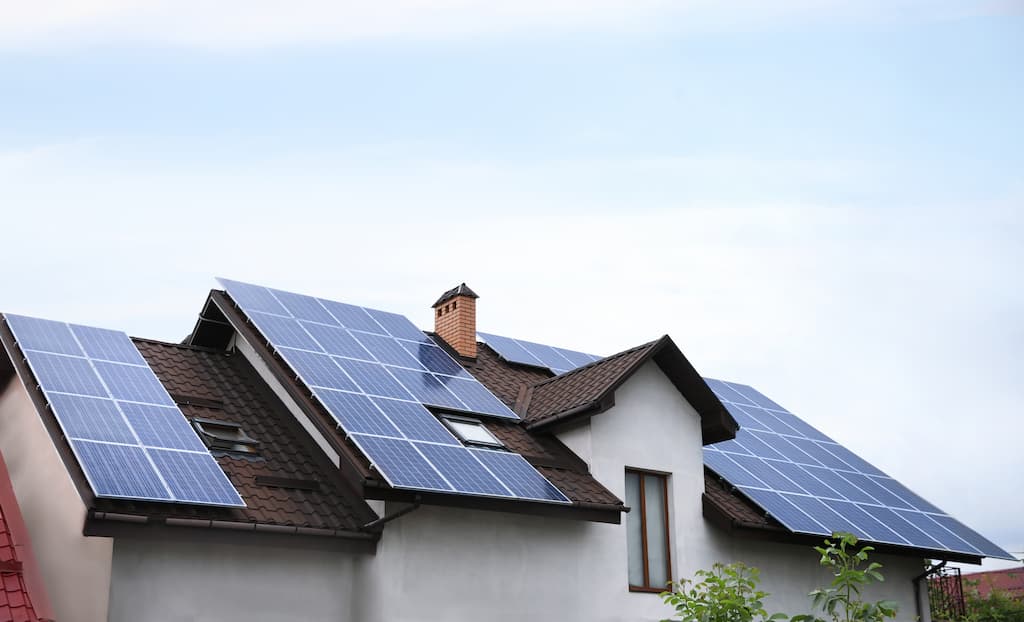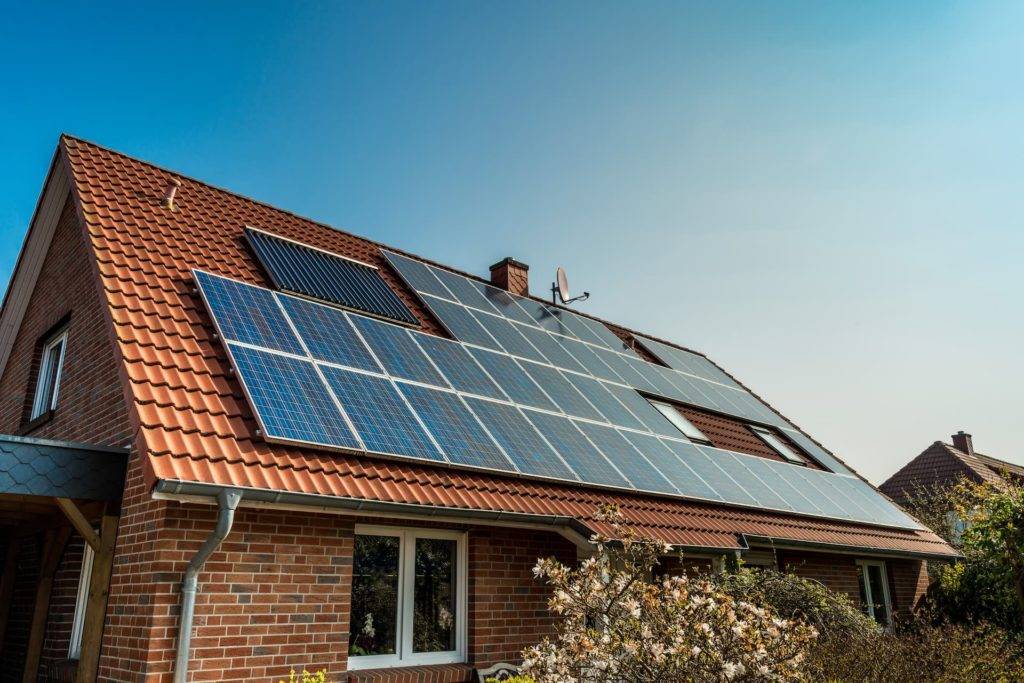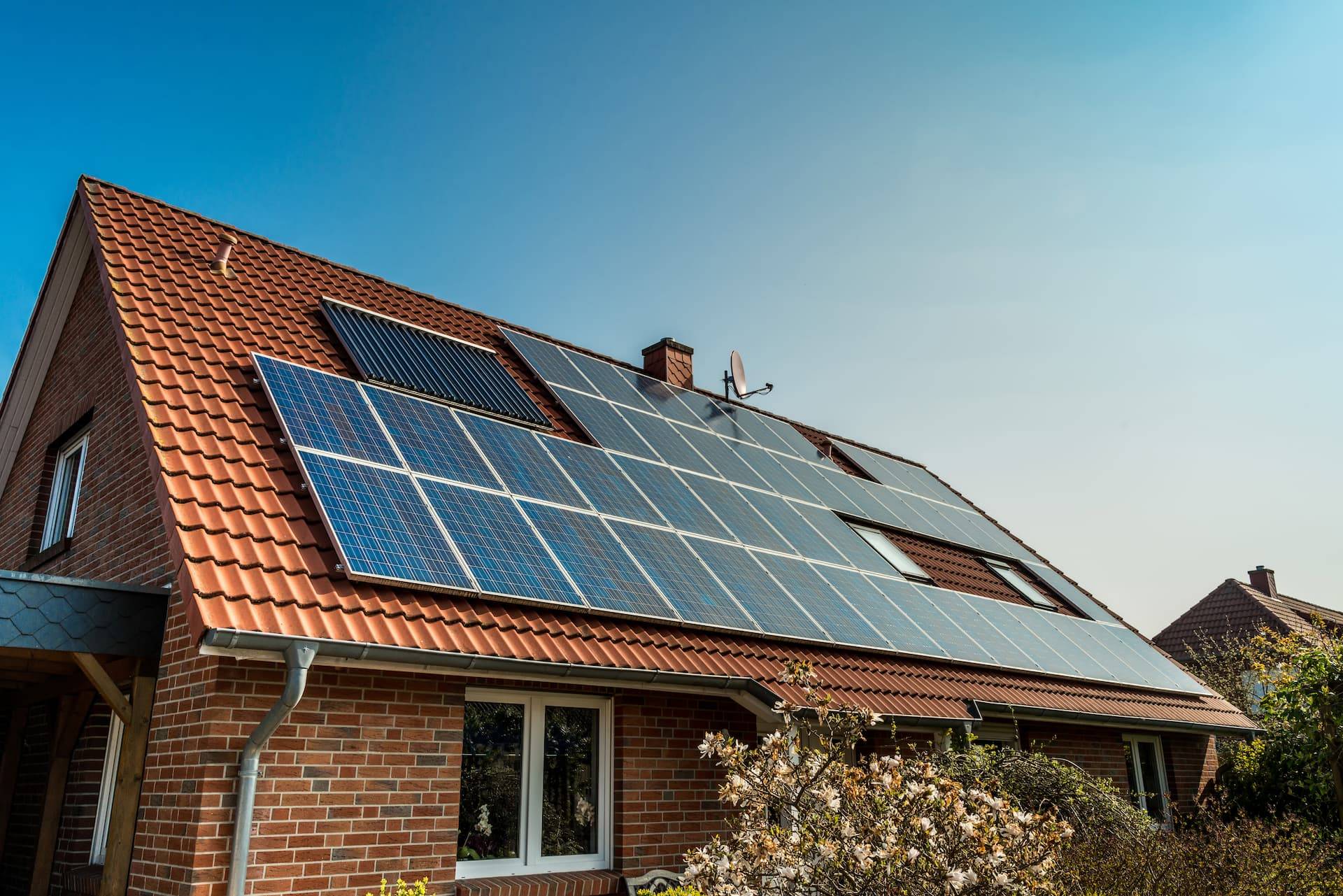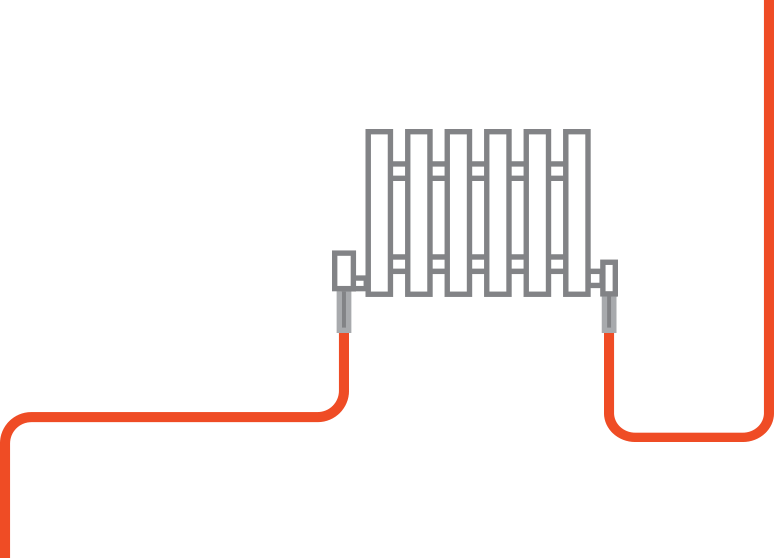Thinking about installing solar panels? It’s a fantastic way to cut down on your energy bills and do your bit for the environment. But before you jump into it, there are a few important things to consider. Not every home is suitable for solar panels, and making the right decision can save you from potential headaches down the line. Let’s walk through what you need to know, from the type of property you have, to the condition of your roof, and everything in between. By the end of this guide, you should have a clearer idea of whether your home is ready for solar power.
Step One: Assess Your Property Type
First things first, not every property is ideal for solar panels. A house with a clear, unobstructed roof? That’s a winner. Solar panels rely on sunlight, so any shade from nearby trees, buildings, or other obstacles can reduce their effectiveness. Ideally, your roof should face south for maximum sun exposure throughout the day. But don’t worry if your roof faces east or west, it can still work. It just won’t be quite as efficient as a south-facing setup.
Another thing to consider is the size of your roof. You’ll need enough space to install a decent number of panels if you want to generate enough electricity. If your roof is on the smaller side, you may not be able to install enough panels to make a big dent in your energy usage.
Unsure about your roof’s potential? It’s always a good idea to have a professional come by to assess whether your space is suitable.
Step Two: Check Your Roof Condition For Solar Panels
Before you even think about solar panels, take a good look at the condition of your roof. Solar panels are a long-term investment, so you want to make sure your roof can support them for years to come. If your roof is old, cracked, or damaged, it’s probably best to repair or even replace it before installing any panels. Why? Because once those panels are up, taking them down for repairs isn’t exactly a walk in the park.
Step Three: The Local Weather
Now, let’s talk weather. While solar panels don’t need blazing sunshine 24/7, they do need daylight to generate power. If you live in an area that’s often overcast or rainy, your panels will still work, they just might not be as efficient as they would be in sunnier regions. Winter months can also bring less daylight, which means a drop in energy output. But if your area gets a decent amount of daylight year-round, even cloudy days won’t be a dealbreaker for solar energy.

The Different Types Of Solar Panels
When it comes to solar panels, there’s more than one type to choose from, each with its own pros and cons.
Monocrystalline Panels
These are your top-tier option. They’re the most efficient at converting sunlight into electricity, which means they take up less space on your roof compared to other types. Monocrystalline panels may come with a higher price tag, but they’re durable and last a long time.
Polycrystalline Panels
If you’ve got plenty of roof space and are looking to keep costs down, polycrystalline panels are a solid choice. They’re not as efficient as monocrystalline panels, but they get the job done. Plus, they’re easier on the wallet.
Thin-Film Panels
Thin-film panels are the least efficient of the bunch, but they’re incredibly flexible. You can install them on more than just roofs, making them a versatile option. The downside? You’ll need more of them to produce the same amount of energy as the other two types.
What You May Need For Solar Panel Installation
So, you’ve decided that solar panels might be right for your home. What next? Well, there are a few practical things to tick off the list before installation.
Planning Permission
In many cases, you won’t need planning permission to install solar panels, but it’s always a good idea to double-check with your local council. It’s better to be safe than sorry, especially if you’re in a conservation area or your home is listed.
Electrical System
Next, think about your home’s electrical wiring. Solar panels need to be connected to your system, and if your house is on the older side, you may need to upgrade your wiring. Factor this into your budget, as it can add to the overall cost of the installation.
Costs
Speaking of costs, while solar panels are a great way to save on energy bills in the long run, the initial investment can be quite steep. Make sure to research any grants or financing options that can help cover some of the upfront costs. It’s also worth checking if your energy provider offers any incentives for switching to solar power.
Other Factors To Consider
Before you take the plunge, there are a few other things you might want to think about. For starters, how long do you plan to stay in your current home? Solar panels are a long-term commitment, and if you’re planning on moving within the next few years, they might not be the best investment. However, if you’re in it for the long haul—say, 10 to 15 years—then they could be a great way to save on energy bills over time.
Another factor to consider is the amount of energy your solar panels will realistically produce. Getting a professional evaluation will give you a clearer picture of how much power you can generate based on your roof’s orientation, size, and location. This will help you decide if the savings you’ll make on your bills will be worth the upfront costs.
Choose Warmserve For Quality Solar Panel Installation
At Warmserve, our team are fully qualified, licensed and equipped to handle a wide range of solar panel installation. Whether you need a basic setup or a fully comprehensive set of solar panels and battery storage, we’ve got you covered. Give us a call today to find out more.





